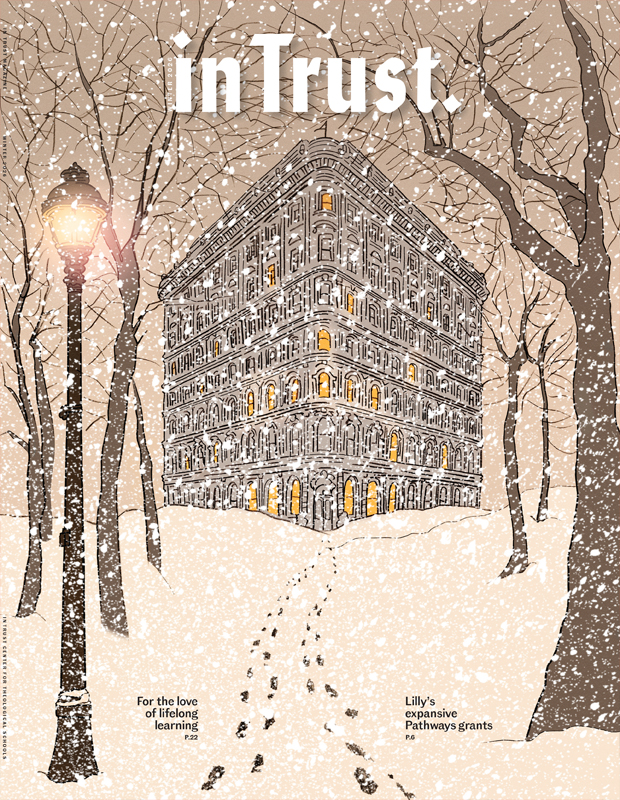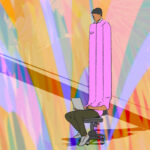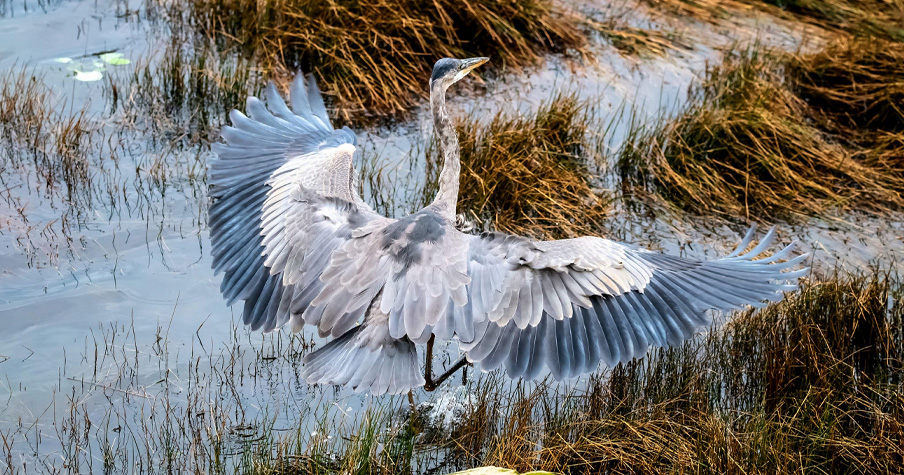
Blue Heron. The bird had just touched down in Finn Slough on the Fraser River, BC, a favorite fishing spot. I see this bird every Saturday, a Blue Heron that stalks the shallows. Here it splashes by the rocks and grasses of the shallows, where it hunts with staid attention – and amazing accuracy. Photos by Richard Topping.
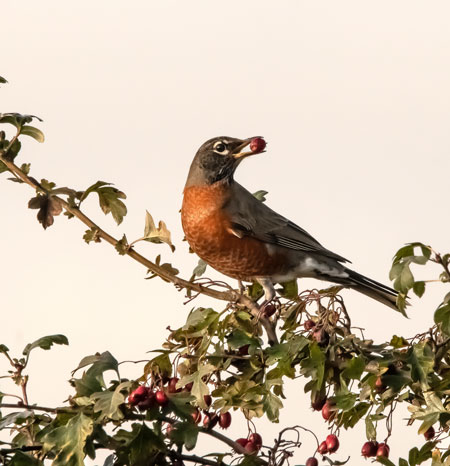
American Robin. In late September and early October, they feast first on Mountain berries and then in late October and early November it’s off to the Hawthorn berries. The Robin seemed proud of the berry it plucked and posed with it so I could get a capture.
Photographers see things through lenses. And there is perspective, angle, lighting, and context to every shot. Photographers are people and so they bring their interests and identity to every engagement.
All of us shoot from somewhere in the world. I shoot riverside on the Fraser River in British Columbia, since I live there. That means I see birds and boats and salmon leaping and seals surfacing. While every picture is limited and interested, and I use software for tonal adjustments after the fact, surprise happens. Something splashes and rivets attention. A creature I cannot identify is as curious about me as I am of it. I chase a ring-necked pheasant down the road for a picture. They are fast. It turns out they only fly when they must. I understand that approach to life.
I have a thing about removing shadows: I like clear, well-lit sharp photos. (This probably says something about the photographer!) In the communities of photographers and in classes where I show some of my work, astute photographers tell me to leave the shadows alone and to use a slower shutter speed to show blurry action. I see their work; compelling subject matter persuades. Picture taking, as with all interpretation, is not just an innocent and objective take on the world. Pictures are taken by someone, somewhere, at some time, under certain conditions, for some purpose. I do it to get outside, to exercise, lately to make friends and learn from master photographers, and to bear witness to the glory and sometimes the tragedy of creation.
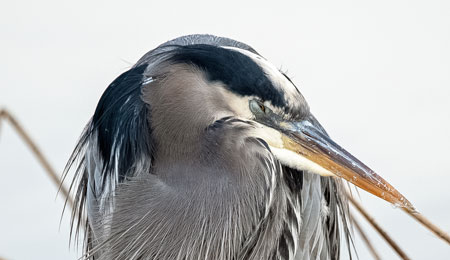
Blue Heron. A cold morning by Woodward Slough, Fraser River, BC, Canada. They puff up and hunker down when the weather grows cool. This one has plumage on its beak after a full regimen of preening.
The most frequent interaction with passersby is a request to see my pictures. There is a screen on my camera, so I am happy to show them. A few people ask about the equipment and its cost. A few ask questions about why I bother, but most people are interested in what the equipment helps me see. Subject matter, not the lens I use, is the glory of photography. Even during the pandemic, strangers out for a riverside walk asked if I could hold the lens and extend the camera so they could see the image on the screen.

Blue Heron. Surveying the sunrise and enjoying the warmth while steam rises and the morning sun reflects off the river. Herons sometimes contort their wings for maximum exposure to the sun.
If the lens is the thing we attend to, then we end up doing More optometry than theology.
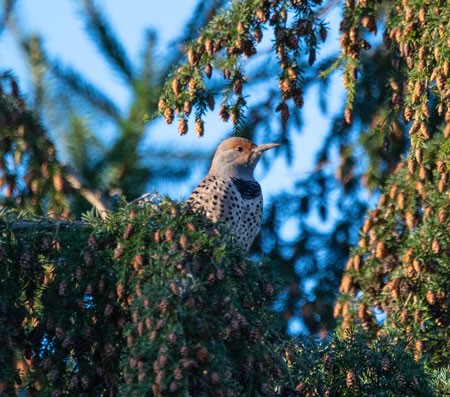
Northern Flickers. They help me find them with their distinct piercing sounds. They flit from tree to ground, and give me a start. On the ground, they eat mainly ants and beetles, digging for them with their unusual, slightly curved bills.
Then, social distance sharing was on. Sometimes, after a look, a person would give me their card or an email address and ask if I would send them a copy. I did, and I do. They want to contemplate the image. I have made friends like this. It makes me think about theology. After all, I teach it and good theology thrives on analogy.
The subject matter of theology is God and everything else relative to God, and we post-moderns understand that all speech about God is by someone, somewhere, at some time, each with identities, interests, and purposes. Got it. But the glory of theology is its subject matter, the Triune God, and secondarily the community and mission created by shared, life-giving, rapt attention to God. If not, if the lens is the thing we attend to, then we end up doing more optometry than theology.
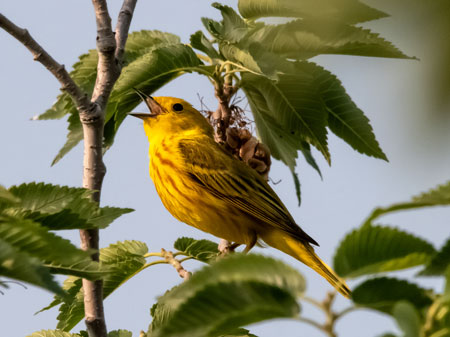
Yellow Warbler. Hard to miss, although getting close is a trick. They are skittish and frustrate attempts to get close. And yet, they give themselves away with their bright, sweet songs.
In the Journal of Analytical Theology in 2015, the late theologian John Webster (who was my doctoral advisor) summed it up well: “In regenerate theological activity, attention is directed to a singular matter with a definite interest. Christian theology is a comprehensive science which treats God and all things. But for all its scope, Christian theology is an exercise in concentration, required to fix its eyes not on everything but on the ways of God (Ps. 119:15); only in assent to this restriction will theology find itself having something to say about everything.”
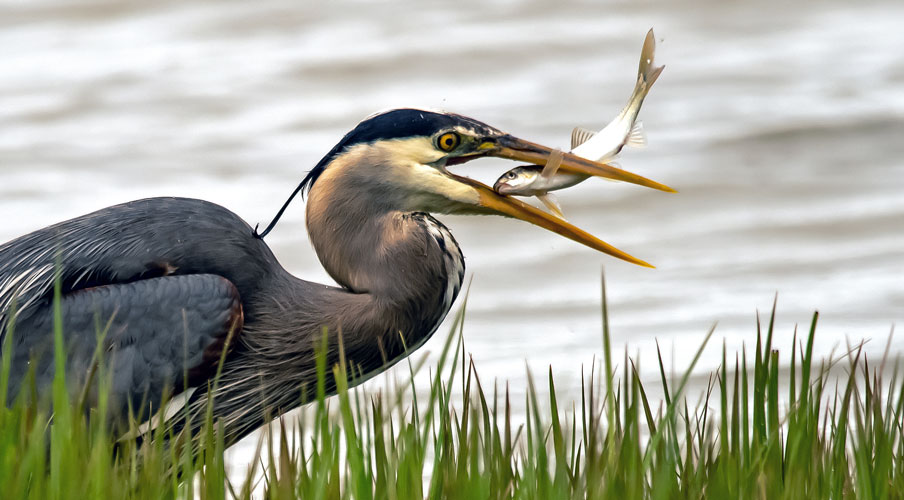
Blue Heron. I love the look, the hunt, and the beautiful plumage. They have their nicknames for this bird: gilly whomper, marsh hen, and shaoke.




